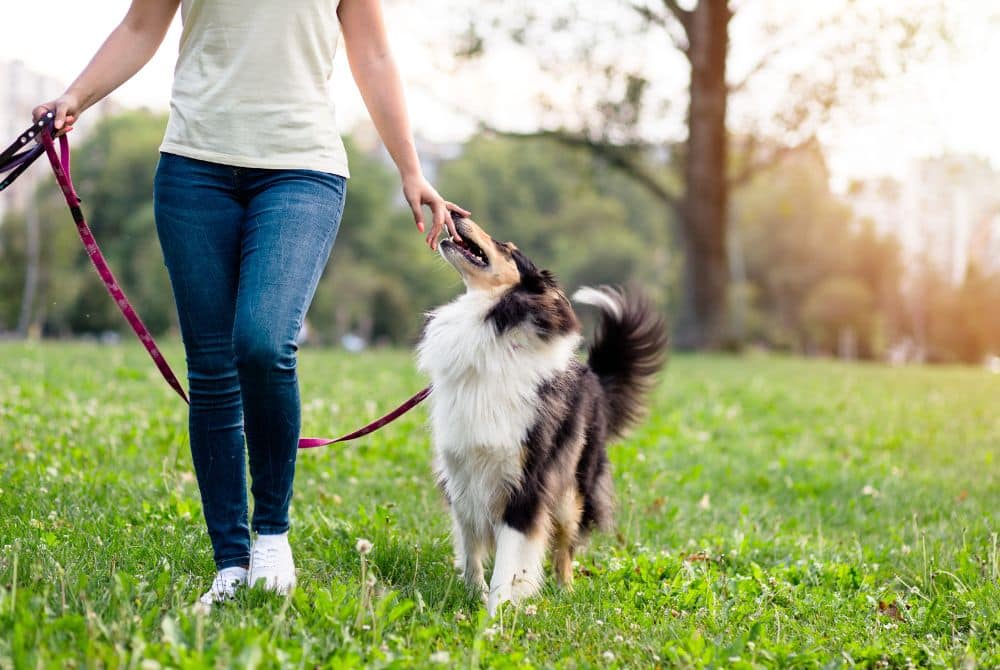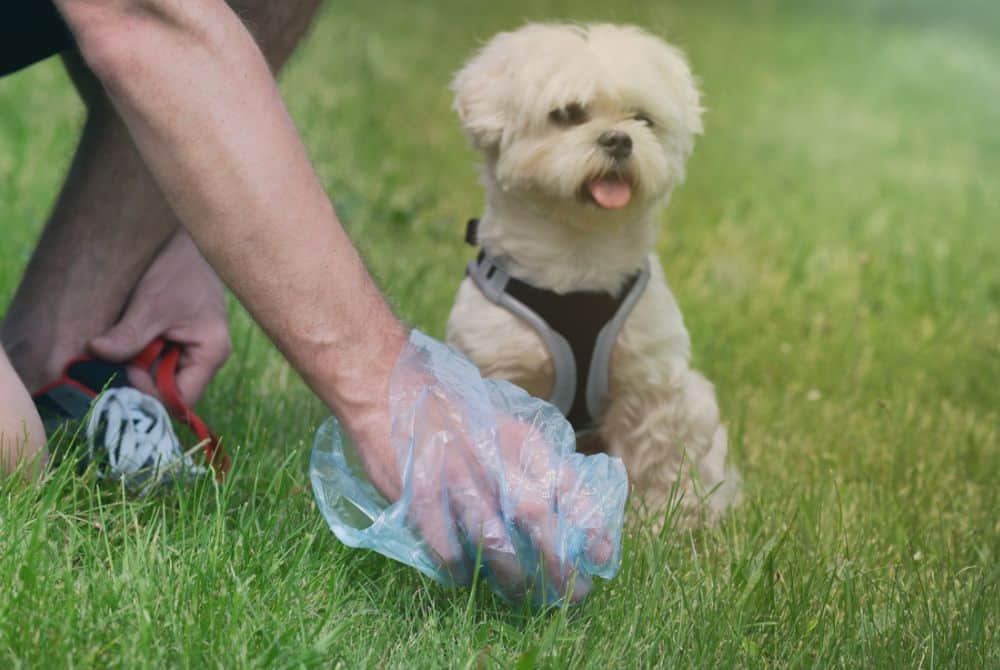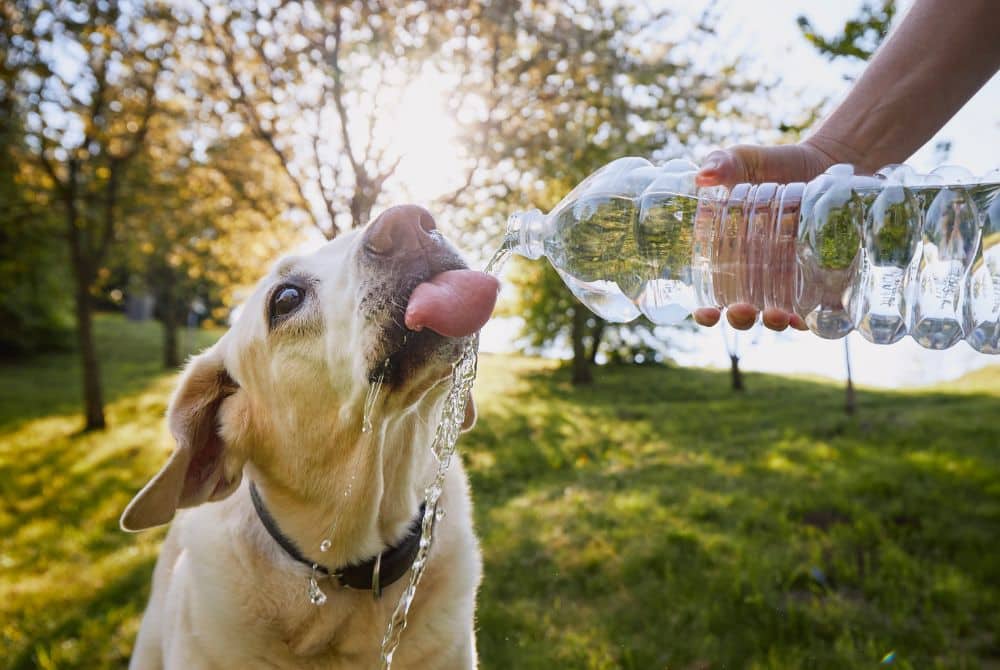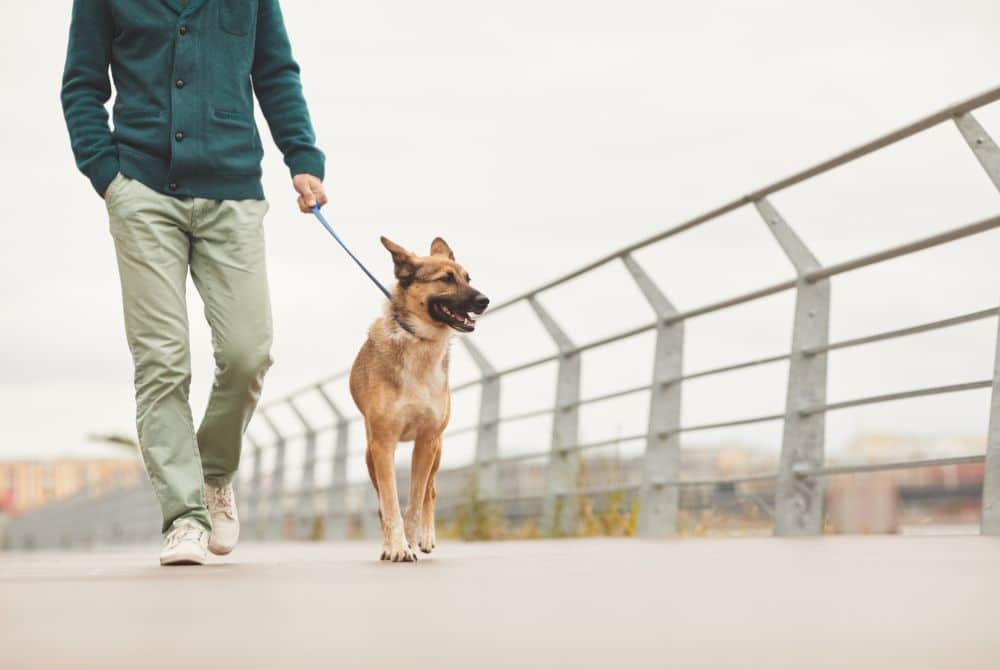Dog walking seems simple enough: leash your dog, head out the door, and enjoy the fresh air. However, there are several common dog walking mistakes that many pet owners make without realizing it, which can affect both the safety and the quality of your walk. From improper leash handling to forgetting essential gear, understanding these missteps is vital to keeping your dog happy, healthy, and well-behaved during your walks.

What Are the Most Common Dog Walking Mistakes?
In this article, we’ll discuss the most common dog walking mistakes pet owners make and how to avoid them to ensure a positive experience for you and your canine companion.
Using the Wrong Type of Leash or Collar
Many dog owners opt for retractable leashes, thinking they offer more freedom. However, these leashes can give you less control and increase the risk of injury for your dog and yourself. Retractable leashes can easily get tangled or snap under pressure, leading to accidents.
Solution: Choose a sturdy, non-retractable leash about 4-6 feet long. This gives you enough control while still allowing your dog to explore. As for collars, a well-fitted flat collar works well for most dogs. If your dog has an issue with pulling or respiratory issues, consider using a harness to reduce strain on the neck.
Not Training Your Dog to Walk Properly
Many owners skip proper leash training, which can result in dogs pulling, lunging, or dragging behind. This not only makes the walk less enjoyable but can also be dangerous, especially in busy areas or near traffic.
Solution: Begin leash training early. Use positive reinforcement in your training to teach your dog to walk by your side without pulling. Reward them with treats and praise when they stay close to you and follow commands. Consistency is key—practice in quieter areas first before moving to more challenging environments.
Not Picking Up After Your Dog
This is a mistake that has broader consequences beyond just your walk. Failing to pick up after your dog reflects poorly on you and can harm the environment and community spaces. Leftover waste can spread diseases and create an unsanitary environment for other pets and people.
Solution: Always carry dog waste bags and clean up after your dog immediately. It’s a simple action that shows respect for your neighbors and the environment. Keep a stash of bags attached to your leash or in your pocket so you’re always prepared.

Ignoring Your Dog’s Body Language
It’s easy to get distracted by your phone or other surroundings while walking, but ignoring your dog’s body language can lead to trouble. Signs like raised hackles, growling, or staring could indicate that your dog is anxious or feeling threatened, which can lead to aggressive behavior if not addressed.
Solution: Stay aware of your dog’s signals. If you notice signs of stress, calmly redirect their attention with a command or treat. Avoid tense encounters with other dogs or distractions that may upset your dog. Being observant helps you prevent issues before they escalate.
Skipping Walks or Not Walking Enough
Some dog owners underestimate the amount of exercise their dogs need. Skipping walks or shortening them can often lead to behavioral problems and even health issues like obesity.
Solution: Make dog walking a regular part of your daily routine. Most dogs need at least 30 minutes of exercise per day, though active breeds may require more. Tailor the walk’s length and intensity to your dog’s age, breed, and energy level to keep them physically and mentally stimulated.
Failing to Bring Water or Weather-Protective Gear
Walking without considering the weather can lead to discomfort for your dog. Dogs can overheat in hot weather, and their paws can get irritated by cold or rough surfaces.
Solution: Bring water on longer walks, especially during hot weather, and make sure to offer it to your dog regularly. In colder climates, consider dog booties to protect their paws and a coat for short-haired breeds. It is important to regularly adjust your walking routine based on the weather conditions. This will help ensure your dog’s comfort and safety.

Allowing Your Dog to Lead
Allowing your dog to take the lead during the walk can reinforce pulling behaviors and reduce your control. This can become dangerous in crowded areas or near traffic.
Solution: Keep your dog at a manageable distance, ideally beside you. Teaching your dog to “heel” will help reinforce this behavior. If your dog begins to pull ahead of you, stop walking until they return to your side, then reward them with praise or treats.
Neglecting to Socialize Your Dog
Failing to socialize your dog with other dogs and people can lead to fear, anxiety, or aggression during walks. Dogs that aren’t used to various environments and interactions may react unpredictably when faced with new situations.
Solution: Gradually introduce your dog to different environments, people, and other dogs. Start with low-stress situations. As they become comfortable with each new situation, gradually increase their exposure to busier settings. Socialization is critical to making your dog’s walking experience enjoyable and stress-free.
Not Practicing Safety Near Traffic
Walking near busy roads can be hazardous if your dog isn’t properly controlled. Distracted walking, whether due to texting or simply not paying attention, can lead to dangerous situations.
Solution: Stay vigilant when walking near traffic. Keep your dog on the side farthest from the street, and use shorter leashes in high-traffic areas to maintain control. Ensure your dog is trained to stop and sit at crosswalks and never let them dash into the street.

Walking Done Right
Dog walking is a fundamental part of responsible pet ownership, but it’s easy to overlook the details that make it truly effective and enjoyable. By avoiding these common dog walking mistakes, like using the wrong leash, ignoring body language, or skipping walks, you can ensure that each outing is beneficial for you and your dog. At Latchkey Pets, we understand that every dog and owner has unique needs. Whether you’re looking for dog walking services or more in-depth pet care, we’re here to help you create the best experience for your furry friend. Contact us today to get started on your journey!
